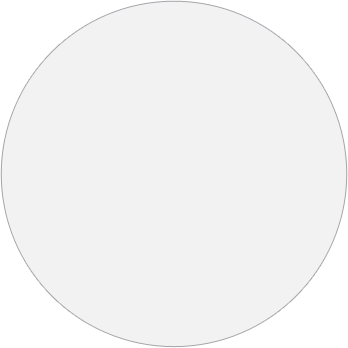In July 2010, I decided to make a fourth trip to the African continent. This time I’d go to Angola, a country with which Portugal is historically and culturally connected.
The journey began in Luanda, the capital and one of the most effervescent cities across the continent. This was my last destination, the town further south, I travelled through the intermediate provinces, one by one: Bengo, North Kwanza, South Kwanza and Benguela. Then a small shift to the interior: Malange and Bié, through the central plateau to Huambo. The Huila province and the city of Lubango followed. Only then the final destination: a coastal province further south, Namibe.
The old Moçâmedes now gives place to the city with the same name as the province. A tribute to the oldest desert in the world and also the residence of a unique plant sui generis, which can last over a hundred years, the Welwitschia mirabilis. The Namibe Desert, which means “vast place” in one of the languages of the region, stretches for 1600 km along the coast, from southern Angola and Namibia.
When I arrived to the city I met the Kuvale. This people share with other ethnic groups this region of Angola. However, they are distinguished by their clothing, props and its way of life closely linked to pastoralism.
In the streets of Namibe I experienced an unusual event: two women began to chase the car in which I was travelling, speaking a language that was not the Portuguese. These two women, dressed in an unusual way were trying to sell a liquid that I later discovered it was called ‘mupeke’ oil, are ethnic Kuvale. I realized that in addition to these women, all over the city there were Kuvale people, or more commonly called Mucubals, who concentrated mainly near the market to sell oil and other small objects such as baskets or sandals — the Mucubals’ sandals, known by their peculiar fitting of the toe.
I felt compelled to learn more, to investigate and to seek explanations for the different issues that were raised during the interaction with this scenario: How the Mucubals live in Angola? What has kept its traditions preserved? What is the reason for the use of certain objects and body adornments so different from other Angolans? How do they relate to the rest of the community? What links their traditions to the increasingly globalized society of the city of Namibe? From their concrete example, here it is the wider issue: which factors contribute to the increase of westernization of traditional cultures?
Under my eyes stood another form of visual, strokes and colours. I was impelled to analyse visually and plastically the theme, with the purpose of creating a work which led to the reflection on the issues that were raised. It meant the visual freezing of this scenario, as the motto to a very special experience’s representation. That experience, guided by the authorial identity and by the spatial-temporal horizon where I was.
I realized that people, specifically the Kuvale, were the centre of everything, the hinge between two worlds: the location, referring to traditions and the 'woods' where they lived, and the global, the city where they moved frequently. So, if people were the centre of everything, I had to go to them, talk to them, found them... Through their testimonies, I might know their thoughts, their ideas, their vision of the world and things.
It was in this context that I met several Women (as we did not speak the same language, I could not know their names) Mr. Samuel, the Soba José Buni and Mebai Fernando: all of them Kuvale and the protagonists of this project.
The project Kuvale, built on a non-linear narrative, outlines the passivity of the spectator, leading him to research and to look for himself. It is the user that from its numerous reading combinations joins their contents according to its use criterion of the interface. These videos and audios synthesize the essential studied themes — globalisation, contamination, tradition, communication, trade school, soba, marriage, characters — and they interrelate themselves.
The journey that led to this project continues and carries out its circulation on network, accessible from anywhere in the world. This digital tool allows us to deliver the project in a comprehensive way, without conventional boundaries.
KUVALE
HYPERMEDIA EXPERIMENTAL DOCUMENTARY by SALETE FELíCIO
The Kuvale or Mucubals as they are called in Angola, living between the sea and the hills of Chela, are practitioners of transhumance shepherds.
The work comes from the discovery of the other that is strange and reflection on the increasing globalisation of traditional cultures.
Can the local be global?
Department of Visual Arts and Design, University of Évora.







































